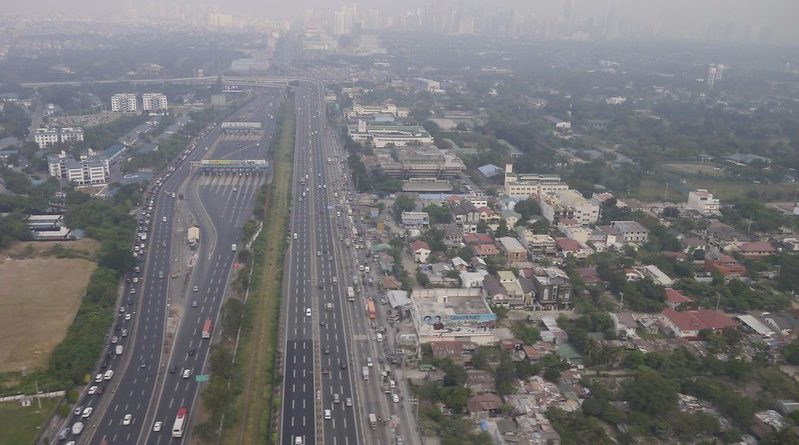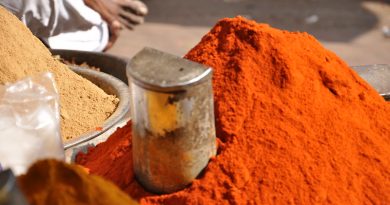The Mighty Manila Galleons
How important was the Philippines for Spain?
During the heyday of the galleon trade, serving as a focus for trade between China and Europe, Manila became one of the world’s great ports. Silver was shipped from Spain’s colonies in Mexico and Peru and exchanged in the Philippines for silk, spices, porcelain and exotic perfumes from China. They were the sole means of communication between Spain and its Philippine colony and served as an economic lifeline for the Spaniards in Manila. It was not only silk that travelled along the Silk Road: religions (Buddhism, Manicheism, Christianity), and technology (e.g. paper-making) did too. Culture similarly travelled over the Ruta de la Plata. The Manila shawl (mantón de Manila), for example, has its origins in Asia. Chinese art influenced ceramics, textiles and sculptures on the other side of the Pacific
What type of boats were they travelling in?
The Manila Galleons, also known as “Nao de China” or “Nao de Acapulco” came to be known as the famous ships that travelled annually across the Pacific, as well as the route As a communication line between Spain and its Philipine colony, the Manila Galleons were also the economic lifeline for the Spaniards stationed in Manila, to the extent that when a ship went down, or was captured, the colony would very quickly plunge into depression.
The ships that were built for this purpose were the largest ever constructed, reaching some 2,000 tons, when most large ships of the day were only a quarter of the size. The vast majority of the Manila Galleon were built in the Philippines, using renowned Philippine hardwoods; at least eight are known to have been built in Acapulco, Mexico. They were the super-container ship of its day, built by expert Filipino boat builders, they were both huge and beautiful.
How often did they make the trip?
The trip took 6 months and they would make one trip a year.
Was it dangerous?
Yes the Galleons were prone to attacks from pirates as the cargo they were carrying was so valuable. They also hit typhoons and bad weather and the crew were liable to scurvy and disease. About one in every 6 ships ended in disaster.
How did it affect the economy?
Much of Central Asian prosperity owed its existence to the Silk Road trade; in the latter period, much the same could be said of Manila and the Philippines. Both New Spain and the Viceroyalty of Peru owed much of their importance to the mines that produced the silver that was in so much demand.
This combined route connected Asia via the Americas to Spain and Europe, making it not only the longest trade route in history up to that time, its 15,000 mile extent exceeding the length and scope of the Silk Road, but also the world’s first truly global trade route, connecting both the New World and the Old World with Asia and with each other.
Why did the Chinese want so much silver?
Although China invented paper money, rampant overprinting in previous centuries had led to a decline in confidence; by this period, the huge Chinese economy ran on metal coinage, silver and copper. Although imports of New World silver began slowly, demand exploded in the second-half of the 18th century as the Chinese economy boomed on the back of exports. By the three-quarter point in the century, it seems that Latin America was supplying essentially all of China’s money demand. One consequence was that the coin known variously in English as the Spanish or Mexican dollar or peso became, insofar as there was one, the standard currency in Asia. This coin emerged as a global currency, arguably the world’s first, predating the similar role of the U.S. dollar (which is, in fact, derived from it) by several centuries.
How long did it go on for?
They trekked back and forth across the Pacific singly or in pairs for 250 years until Mexico gained its independence from Spain. In 1820, this long history came to its final conclusion: the history of the Seville (or Cádiz)-Veracruz-Mexico City-Acapulco-Manila axis, with activity in both directions, which had served as a permanent route for the movement of men and women, for the exchange of precious metals and exotic products, and as an avenue for cultural transfers of all kinds among Spain, Spanish America and Spanish Asia throughout the early modern period. And as such, it had made the Philippine Islands one of the major crossroads of the first globalization.
main image: The Philippine Postal Corporatio, Dia Del Galeon Festival 2010 stamps, issued on October 8, 2010. They commemorate and encourage a greater understanding of the impact the Philippines has had on the World of global trade.




